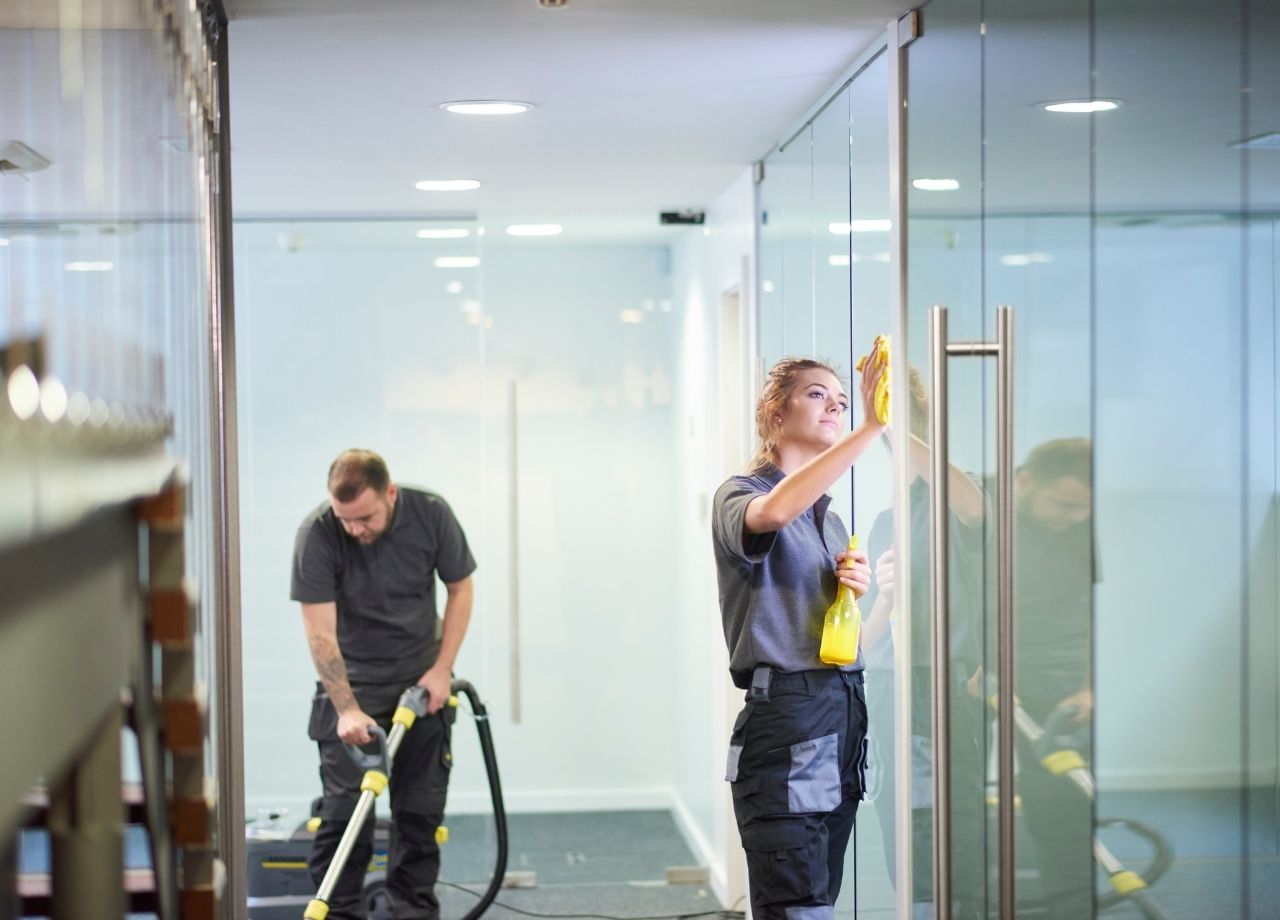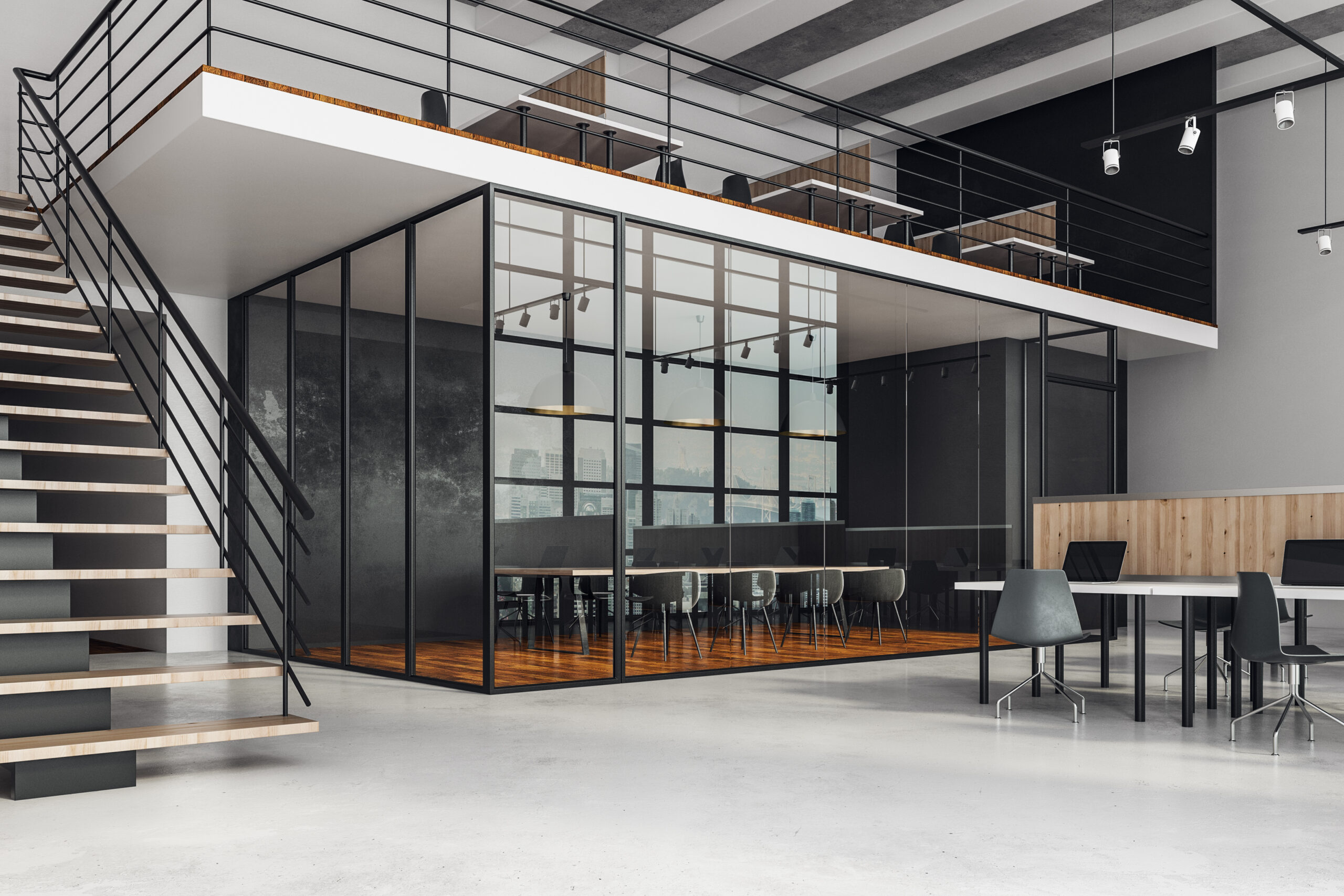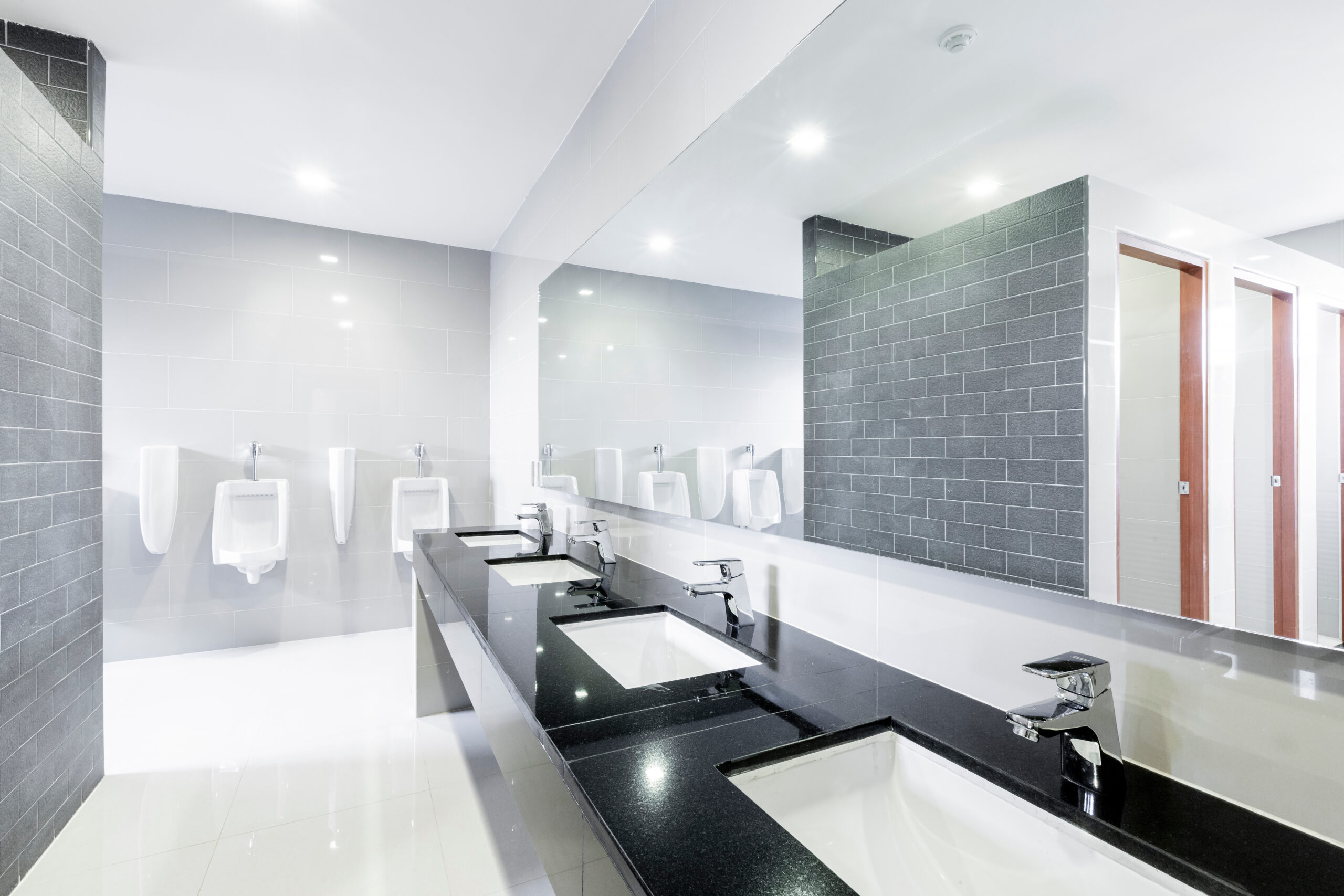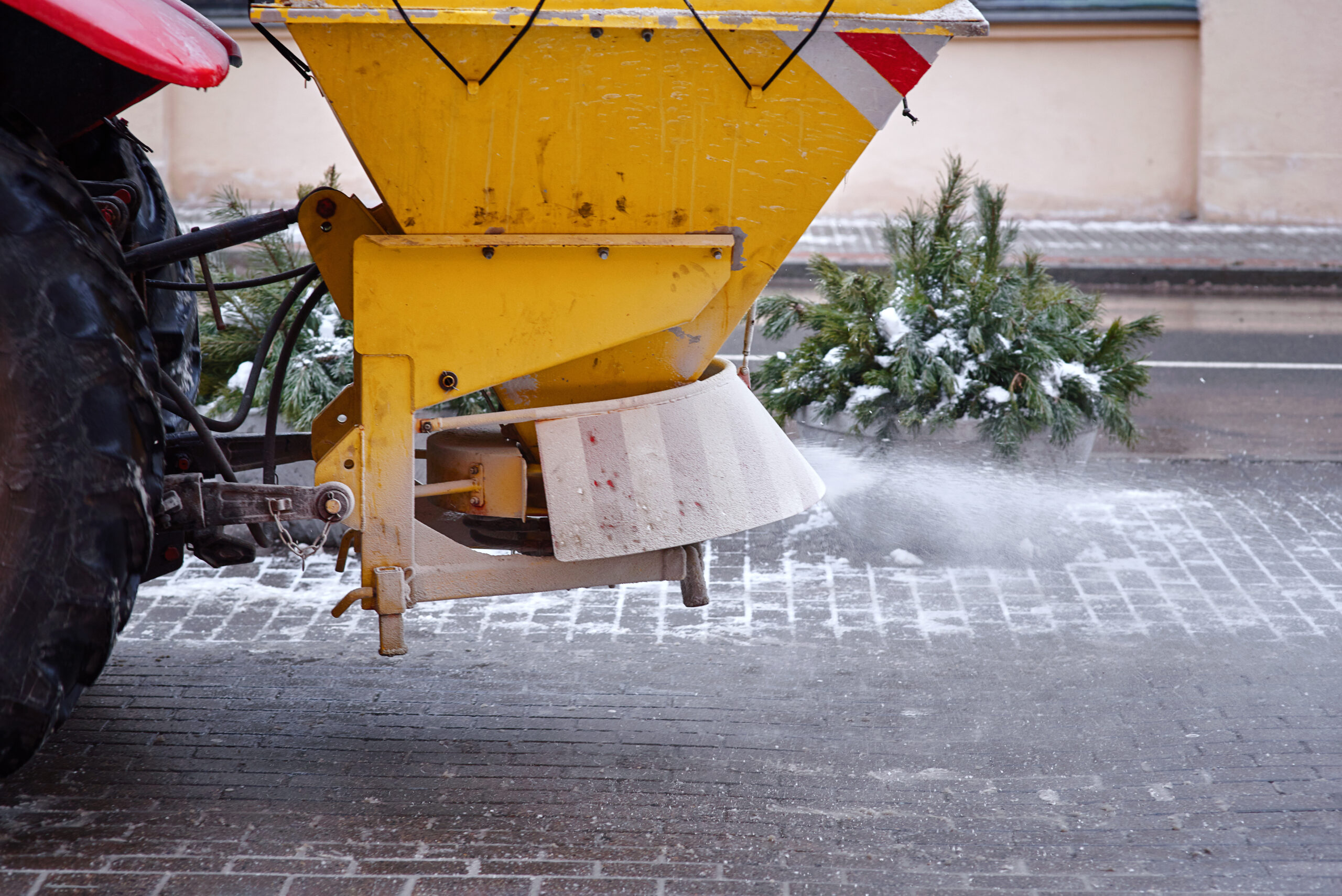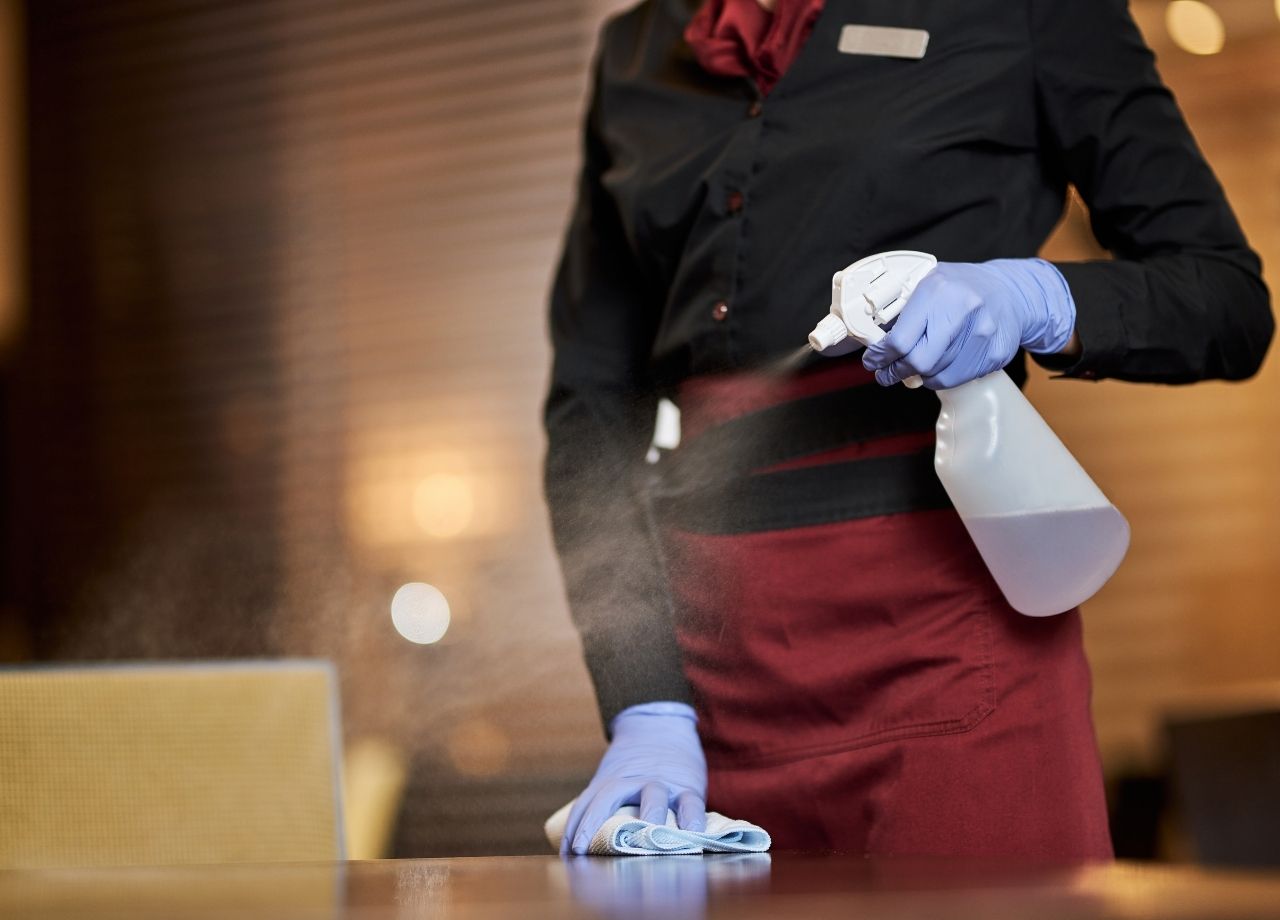Cleaning vs Sanitizing in Commercial Spaces
A janitor once said, “You can mop a floor ten times and still have germs laughing at you.” That line wasn’t just witty—it was accurate. Plenty of facility managers still equate a clean appearance with a safe one. They aren’t the same thing. What’s visually clean doesn’t always mean it’s microbiologically safe, especially in high-traffic commercial buildings. Think about a hospital waiting room, a restaurant kitchen, or even a corporate office. All three need more than just shiny surfaces.
What Cleaning Actually Does
Cleaning targets visible mess. That includes dust, debris, smudges, spills, and residue. The goal is aesthetic and physical removal. Think sweeping, vacuuming, wiping, and scrubbing. No disinfectants required—just elbow grease and basic detergents. This is what most janitorial staff do during daily routines. It’s what clients notice first. No one wants to see fingerprints on glass partitions or coffee stains on the breakroom counter.
But that level of work doesn’t do much to reduce bacteria, viruses, or fungi. And that’s where expectations often misalign with outcomes. A facility might look well-maintained but still be a breeding ground for pathogens.
Sanitizing’s Quiet Role
Sanitizing addresses what the eyes can’t catch. This step aims to reduce microbial populations to a level considered safe by public health standards. It doesn’t sterilize, but it gets the germ count down to a level where infection risks drop. Different spaces have different thresholds. A commercial kitchen needs stricter sanitation than a warehouse office.
Here’s the part people skip: sanitizing only works if cleaning happens first. Trying to sanitize a dirty surface is like painting over rust. The dirt blocks the chemicals from doing their job. That’s why best practices in facility maintenance always start with cleaning, then move to sanitizing—especially in areas with shared contact points.
High-Touch, High-Stakes
Door handles, elevator buttons, conference tables, shared phones, restroom fixtures—these are all high-touch surfaces. Cleaning them alone doesn’t stop transmission of illness. Sanitizing them without removing visible grime won’t either. And yet, many commercial cleaning routines don’t distinguish between the two.
In an office setting, this oversight can lead to seasonal illness spreading faster than HR can keep up. In a foodservice environment, it can lead to fines—or worse, outbreaks. Retail spaces? Same deal. A credit card reader that sees 100 touches an hour becomes a liability if not properly handled. Customers won’t notice the difference until someone gets sick.
Misuse of Products Hurts Outcomes
Many facilities keep a shelf full of spray bottles labeled “disinfectant,” but the label doesn’t matter if staff isn’t trained to use them correctly. A sanitizer sprayed and wiped off immediately does nothing. Most require a dwell time—anywhere from 30 seconds to 10 minutes—to work effectively. That’s not always feasible during working hours unless scheduled with intention.
It’s not unusual to see cleaners use disinfecting wipes across multiple surfaces in a rush. One wipe, five desks. The problem? That wipe was only effective on the first contact. By desk three, it’s just moving germs around. Worse still, some cleaning products leave residues that build up over time if not rinsed properly, damaging surfaces or creating sticky buildup that attracts more dirt.
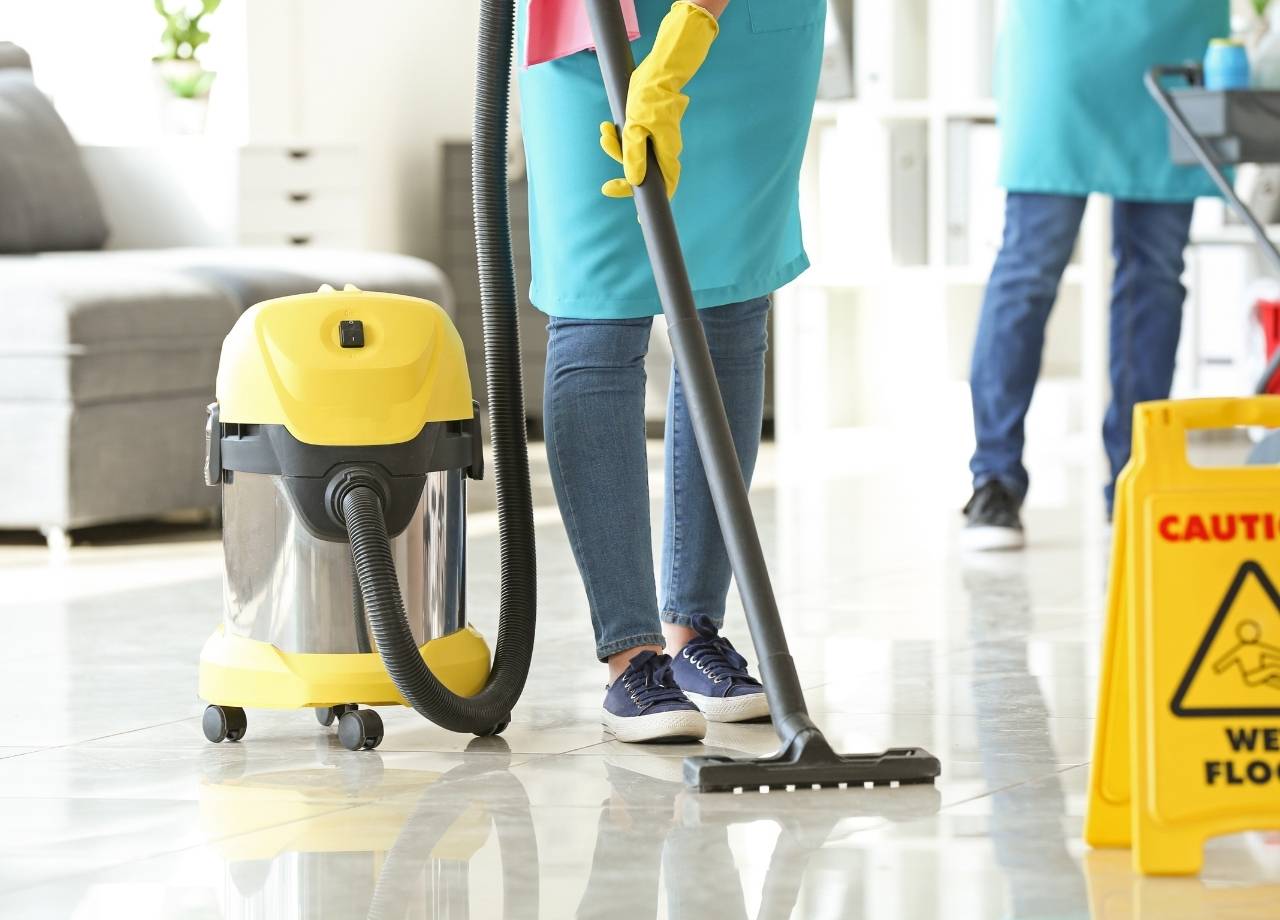
Staff Training Makes or Breaks It
The biggest difference between a cleaning service and a facility maintenance contractor lies in knowledge. Commercial spaces need crews that understand not just what to use, but how and when. Cleaning is technique. Sanitizing is timing and chemistry. Blending both into a routine without slowing down operations takes planning.
Poor training leads to misuse of chemicals, skipped steps, and cross-contamination. A mop used in a restroom then in a hallway spreads more than water. Color-coded tools, clearly labeled bottles, and scheduled zone cleaning prevent this. But those systems only work if teams know why they exist and follow them.
Industry Standards Are Not Optional
Regulatory guidelines don’t treat cleaning and sanitizing as interchangeable. OSHA, the CDC, and industry-specific health departments all draw a clear line. A warehouse office might only need routine cleaning. A daycare center has to sanitize play areas daily. A restaurant’s back line must meet strict sanitation standards or face penalties.
Compliance isn’t just about avoiding fines—it protects reputations. Clients don’t see the labor behind the scenes. They only know the building feels safe—or it doesn’t. And in many industries, one slip-up can lead to serious consequences, including lost business, negative reviews, or even lawsuits.
Product Selection Should Match the Environment
Not every product is right for every surface. Bleach might sanitize a restroom floor but ruin a marble lobby. Alcohol-based sprays clean touchscreens but evaporate too quickly on stainless steel to sanitize. Chlorine dioxide works well in healthcare environments but requires ventilation.
Commercial spaces need tailored protocols based on flooring materials, surface types, traffic patterns, and usage. That’s why generic solutions often fail. An all-purpose cleaner won’t sanitize a food prep surface. A disinfectant meant for healthcare settings might damage wood finishes. Selecting the right solution isn’t just about cost—it’s about compatibility and effectiveness.
Routines That Support Both Goals
The best facility maintenance programs don’t separate cleaning and sanitizing—they blend them into structured routines. That might look like:
- Daily surface cleaning paired with weekly sanitation in high-traffic zones
- Using microfiber cloths that trap dirt during cleaning, followed by a sanitizing agent
- Restroom maintenance that includes cleaning and sanitizing in a single shift
- Nightly desk cleanings combined with morning sanitizing in shared office environments
The timing should reflect how and when each space is used. It’s about planning routines that make sense operationally while protecting everyone inside the facility.
How Occupants Notice the Difference
Most employees or customers won’t comment on cleaning—unless it’s missing. They will notice when a space feels safe. No lingering odors, no sticky floors, no smudged glass. But deeper than that, the real difference shows in absentee rates, customer retention, and how comfortable people feel using shared areas.
A gym locker room that smells clean doesn’t always feel clean if bacteria is left unchecked. An office that looks fine but sees a flu outbreak every season might be skipping sanitation steps. Sanitizing adds that invisible layer of defense. People rarely notice it directly, but they always feel its absence.
Why Facility Contractors Must Get It Right
Commercial clients aren’t hiring surface-level services. They’re trusting their spaces to professionals who understand what keeps a facility safe, functional, and compliant. That includes knowing when a surface needs just a wipe—and when it needs chemical intervention.
Confusing cleaning with sanitizing leads to cut corners and increased risk. Smart contractors educate clients, train teams, and build systems that handle both without sacrificing efficiency. That’s what turns a maintenance routine into a safeguard for health, productivity, and long-term value.
National Facility Contractors partners with clients across healthcare, education, industrial, and retail sectors to deliver structured cleaning and sanitizing programs designed around real compliance standards—not just surface-level impressions.
Final Word: Don’t Mistake Shine for Safety
Looks can mislead. A sparkling floor isn’t necessarily clean in the ways that matter. And an unsanitized workspace may be the reason sickness cycles through teams every quarter. Commercial environments demand more than surface attention. Cleaning and sanitizing work best when done together, with intention and precision.
Every surface tells a story—what’s been done, what’s been skipped, and what’s coming next. Facilities that get this right aren’t just tidy. They’re safe, efficient, and ready for anything. And that’s not just good for business—it’s essential for the people inside.

